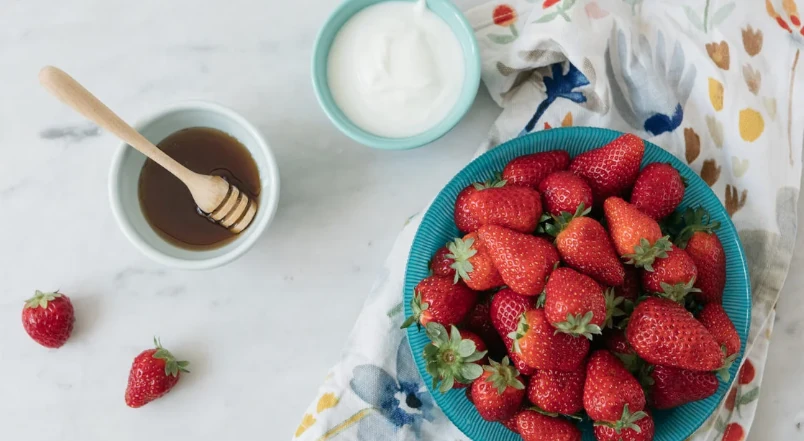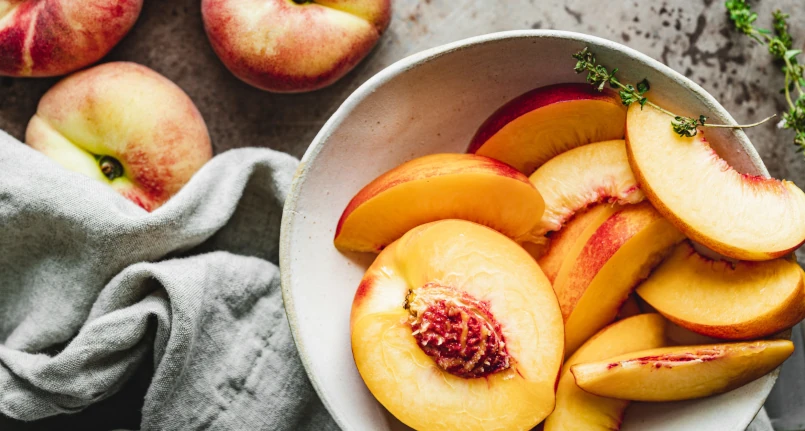Introduction
The most common are the smooth ones, with a thin skin and a dark green colour, but there are many varieties, suitable for the preparation of traditional Italian and international dishes. Zucchini , even if you don’t think so, are simply small pumpkins . There are many types of courgettes , and they differ from each other in appearance and taste , but they mostly belong to the Cucurbita pepo species with a tender pulp.
The courgette plant is native to Central America. It has a herbaceous appearance and grows creeping or climbing. The leaves are large, palmate and covered with stinging hair; their color is bright green and they often have gray or white spots. The courgette flowers are yellow-orange. The courgettes are harvested unripe, when they are about 20 centimeters long, preventing them from growing and ripening until they become a pumpkin.
Zucchini: nutritional values
Values per 100 g of courgettes
- Edible part 88%
- Water 93.6g
- Protein 1.3g
- TOT lipids 0.1g
- Saturated fatty acids – g
- Monounsaturated fatty acids – g
- Polyunsaturated fatty acids – g
- Cholesterol 0.0mg
- TOT Carbs 1.4g
- Starch 0.1g
- Soluble sugars 1.3g
- Dietary fiber 1.2g
- Energy 11.0kcal
- Sodium 22.0mg
- Potassium 264.0mg
- Iron 0.5mg
- Calcium 21.0mg
- Phosphorus 65.0mg
- Thiamine 0.08mg
- Riboflavin 0.12mg
- Niacin 0.7mg
- Vitamin A 6.0µg
- Vitamin C 11.0mg
- Vitamin E – mg
Different types of zucchini
Black courgette
Definitely the most common in supermarkets, the protagonist of the summer and extremely versatile in the kitchen, in the preparation of many dishes, from appetizers to side dishes. It is called the black courgette of Milan, it is dark green in color and cylindrical in shape, the white pulp poor in seeds is tender and can be eaten raw and cooked, in different ways, grilled , marinated, boiled, in pasta , in soups, in omelettes.
Roman courgette
Smaller and paler in the skin, which is also crunchier than the Milanese courgette, the Romanesco one is almost always eaten cooked as a summer side dish, with eggs and as a sauce for pasta.
Florentine courgette
Similar to Romanesco, the long Florentine courgette differs essentially in size. This variety with a striped surface can have a light or dark green color and is often harvested with the flower. The taste is very savory. Ideal as a side dish or with eggs.
Neapolitan courgette
Compared to Florentine and Romanesco, the striped courgette of Naples has a cylindrical shape and is more voluminous . It is characterized by the dark striped skin on a light green background. It is the star of a traditional Neapolitan dish: zucchini alla scapece
Round courgettes
There are three varieties: the Emilian one from Piacenza, the Tuscan one from Florence and the one from Nice. Three round courgettes differing in texture and taste: the Torno di Piacenza courgette has a dark green skin and is perfectly spherical. It is mainly prepared with filling. The round courgette of Florence is striped , with a light and dark green skin, while the round courgette of Nice is distinguished by its light green color and particularly sweet taste .
Trumpet courgettes
The best known, in Italy, come from Liguria, from the municipality of Albenga, to be precise. It is a courgette belonging to the Cucurbita moschata species . Its shape is very particular and characterizes its appearance and name: it is thin, twisted and swollen only on the final part. With a very light green skin and a very sweet flavour, it has a compact and crunchy pulp, with the seeds concentrated only in the widest final part. It is prepared browned, stewed or sautéed, to accompany fish main courses or first courses.
Yellow courgettes: four varieties
When one thinks of zucchini, the most common skin color is green, in different shades. However, yellow is also very present. There are, in fact, four varieties of yellow zucchini, used in the kitchen.
- Courgette pâtisson: This courgette comes from France and is part of the Cucurbita Pepo species. It has a shape that is more reminiscent of a crushed pumpkin or Jerusalem artichoke than a courgette, and an unmistakable flavour, similar to an artichoke . A variety of zucchini little known in Italy, but which lends itself to being cooked stuffed or steamed .
- Yellow courgette: bright yellow courgette, with thin skin and very sweet pulp. Ideal for preparing summer side dishes, rice or pasta salads or soups (hot or cold).
- Friulian wrinkled courgette: the light yellow color and wrinkled skin distinguish it from all other types of courgettes. It looks more like pumpkin than zucchini. The flavor is particularly sweet and delicate.
- Crookneck courgette: English courgette, with a wrinkled appearance and orange-yellow colour, it lends itself to being cooked like all common green courgettes, which it also resembles in terms of flavor and texture of the pulp.




